Post by EBO 2020 Summer Intern, Will Harrod
Tracking changes in avian populations is one of the most important ways that we can help birds, but it has proven to be a challenge to ornithologists for a long time. When we think about conservation, we often focus on the decline of rare species, where populations are small enough that it is easy to notice when they change. However, species that were once abundant are also declining at alarming rates. Monitoring these populations in a scientific way means that we are better able to notice declines before it is too late. Furthermore, tracking population demographics such as sex, birth rate, and survival provides valuable insight into their life history and how their populations are projected to change in the future. This is where bird banding programs such as Monitoring Avian Productivity and Survivorship (MAPS) come into play. MAPS is a project designed by the Institute for Bird Populations to assess large scale population changes and demographic parameters through bird banding at stations all over North America. This summer, Erie Bird Observatory reopened a MAPS station in Bousson Environmental Research Forest that had been managed by Allegheny College until 2018. We are incredibly excited to collect even more data that can help bird populations.
Last week, I assisted Dr. Sarah Sargent in setting up the MAPS station, which had not been in use for almost two years. There are ten mist net lanes within the forest, all of which had become severely overgrown and had to be cleared before they could be used. Trails had to be recut throughout the forest and mist nets needed to be properly set up. On June 18th, after several days of work, we were ready to start our first day of banding for MAPS. The birds wait for no one and we opened the first nets at sunrise. It was an incredible day of banding. We captured Brown Creepers, Gray Catbirds, and a Northern Cardinal, which I found out has a surprisingly powerful bite. Some of the birds we banded were experienced parents in the middle of raising chicks; others were young fledgelings, hatched only this year.
For each bird captured, we record its weight, molt status, age, sex, and take several other measurements. These data are compared to records from 1,200 other MAPS stations all over North America. By tracking these factors in a consistent way, scientists can learn about what factors contribute to avian population decline, whether these declines are happening in their breeding or wintering habitat, and how we can reverse these declines. Check out the MAPS website for the full list of everything they have learned from the project so far. We at Erie Bird Observatory are excited to continue operating this MAPS station and hope to record many more incredible birds.

